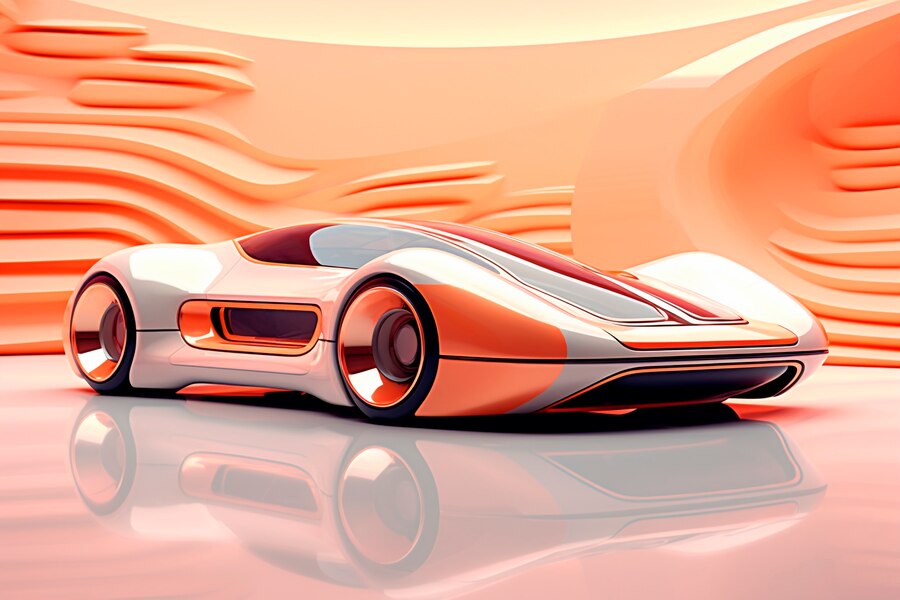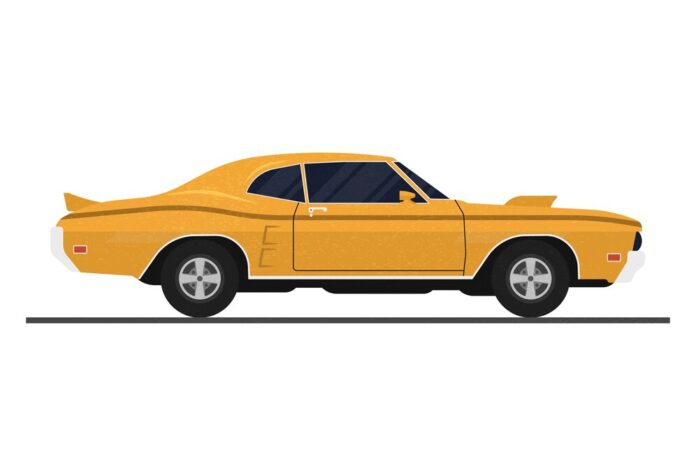In today’s automotive landscape, the average length of a car can vary significantly based on several factors, including vehicle type, purpose, and regional preferences. Let’s delve into the details to understand what influences the average length of cars and how this dimension impacts the automotive industry.
Introduction
The average length of a car refers to the typical measurement from the front bumper to the rear bumper of a standard automobile. Car length determines a vehicle’s design, performance, and functionality.
Factors Affecting Car Length
Several factors contribute to the length of a car, such as:
- Vehicle Type: Sedans, SUVs, trucks, and hatchbacks have distinct length characteristics.
- Platform: A vehicle’s underlying platform or chassis influences its overall dimensions.
- Design Preferences: Styling choices and interior space requirements affect car length.
- Regulatory Requirements: Safety standards and emission regulations impact car design.
Average Car Length Worldwide
The average length of cars can vary globally. For instance:
- Due to urban driving conditions, European cars tend to be shorter and more compact.
- American vehicles often have longer dimensions, catering to preferences for spacious interiors and larger engines.
Common Car Lengths
Typical car lengths range from compact city cars around 3.5 meters (11.5 feet) to full-size SUVs exceeding 5 meters (16.4 feet). Examples include:
- Ford Fiesta: Approximately 4 meters (13 feet)
- Toyota Camry: Around 4.9 meters (16 feet)
- Range Rover: Over 4.8 meters (15.7 feet)
Trends in Car Sizes
Over the decades, cars have evolved in size:
- 1950s: Compact dimensions with simple designs.
- 1980s-90s: Growing popularity of larger cars and SUVs.
- Present: Emphasis on compact, efficient vehicles alongside luxury SUVs.
Reasons for Varying Lengths
Car lengths vary due to multiple reasons:
- Market Demands: Consumer preferences dictate car sizes.
- Technology: Advancements in engineering allow for more efficient use of space.
- Regulations: Changing safety and emission standards influence design choices.
Impacts of Car Size
The length of a car affects:
- Interior Space: Longer vehicles provide more passenger and cargo room.
- Performance: Shorter cars are typically more agile, while longer ones offer stability.
- Fuel Efficiency: Longer cars may have higher fuel consumption.
Future Car Lengths
Future cars are expected to reflect trends in sustainability with:
- Compact Electric Vehicles: Smaller, eco-friendly designs.
- Flexible Platforms: Modular designs allow for varied sizes.

Conclusion
The average length of cars varies worldwide due to factors like consumer preferences, regulatory requirements, and technological advancements. Car manufacturers continually adapt to changing demands, shaping the automotive landscape.
FAQs
Why are SUVs typically longer than hatchbacks?
SUVs prioritize space and comfort, leading to longer dimensions than compact hatchbacks.
How do car lengths affect parking and maneuvering?
Shorter cars make parking in tight spaces and navigating urban areas easier.
Are longer cars safer?
Longer cars may provide better crash protection due to increased crumple zones and structural integrity.
What’s the ideal car length for city driving?
Compact cars around 4 meters (13 feet) are ideal for urban driving due to manoeuvrability and parking convenience.
How will electric vehicle (EV) technology impact car lengths?
EV platforms offer flexibility, allowing manufacturers to design varied car lengths while prioritizing efficiency.
You’ll also like this:
Must visit the home page:




